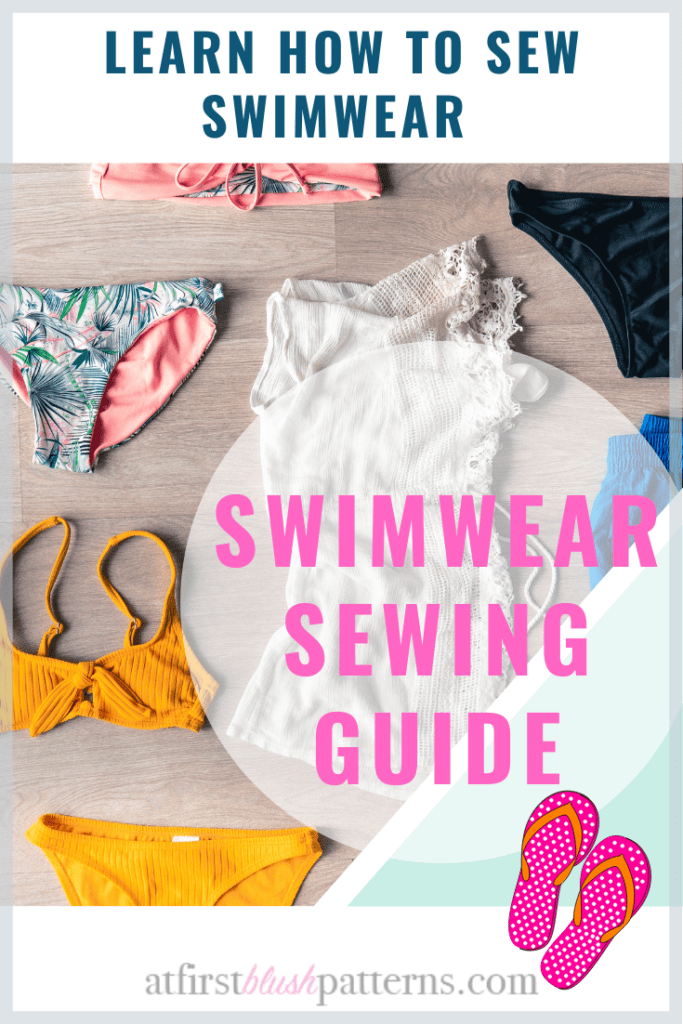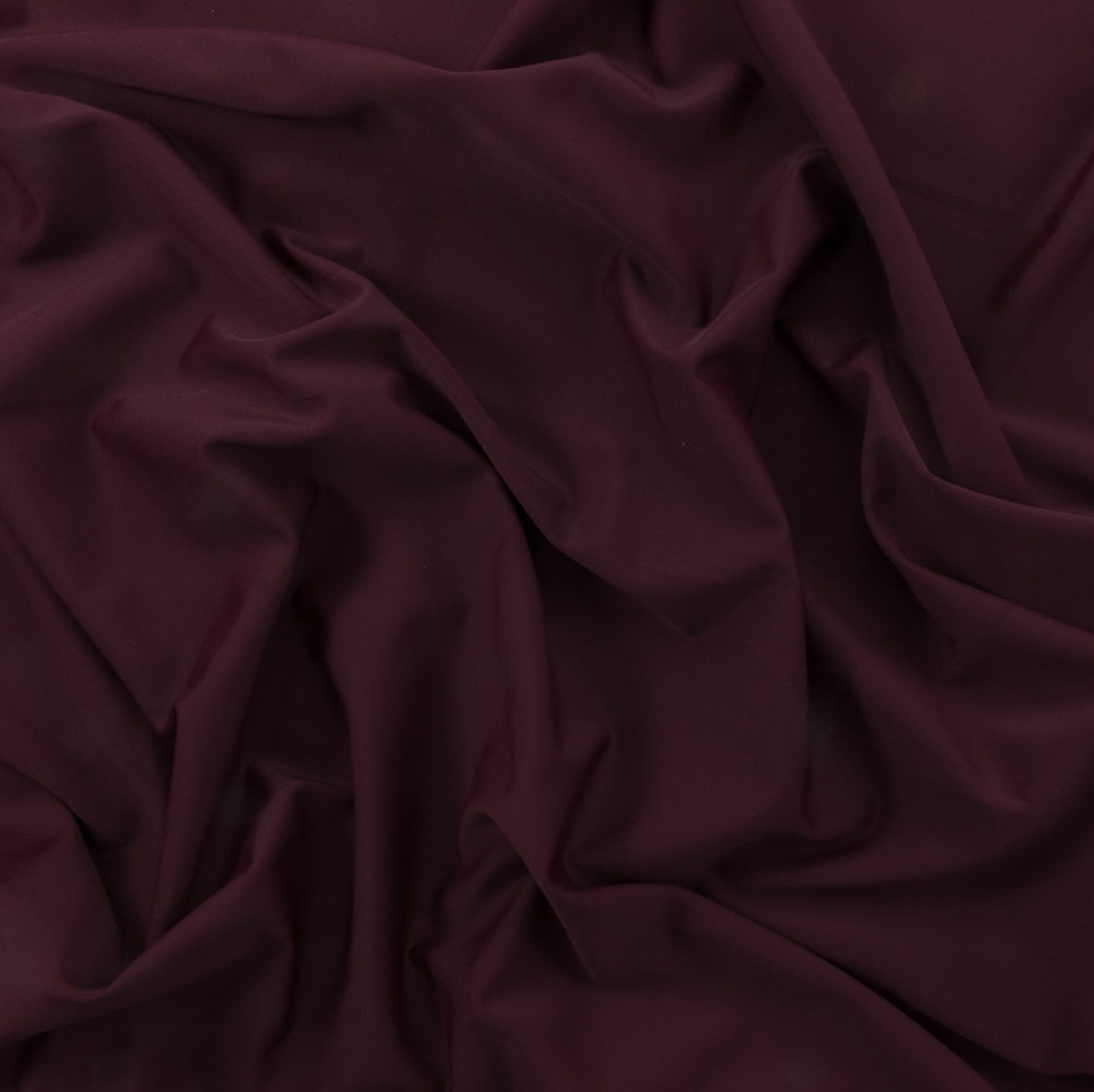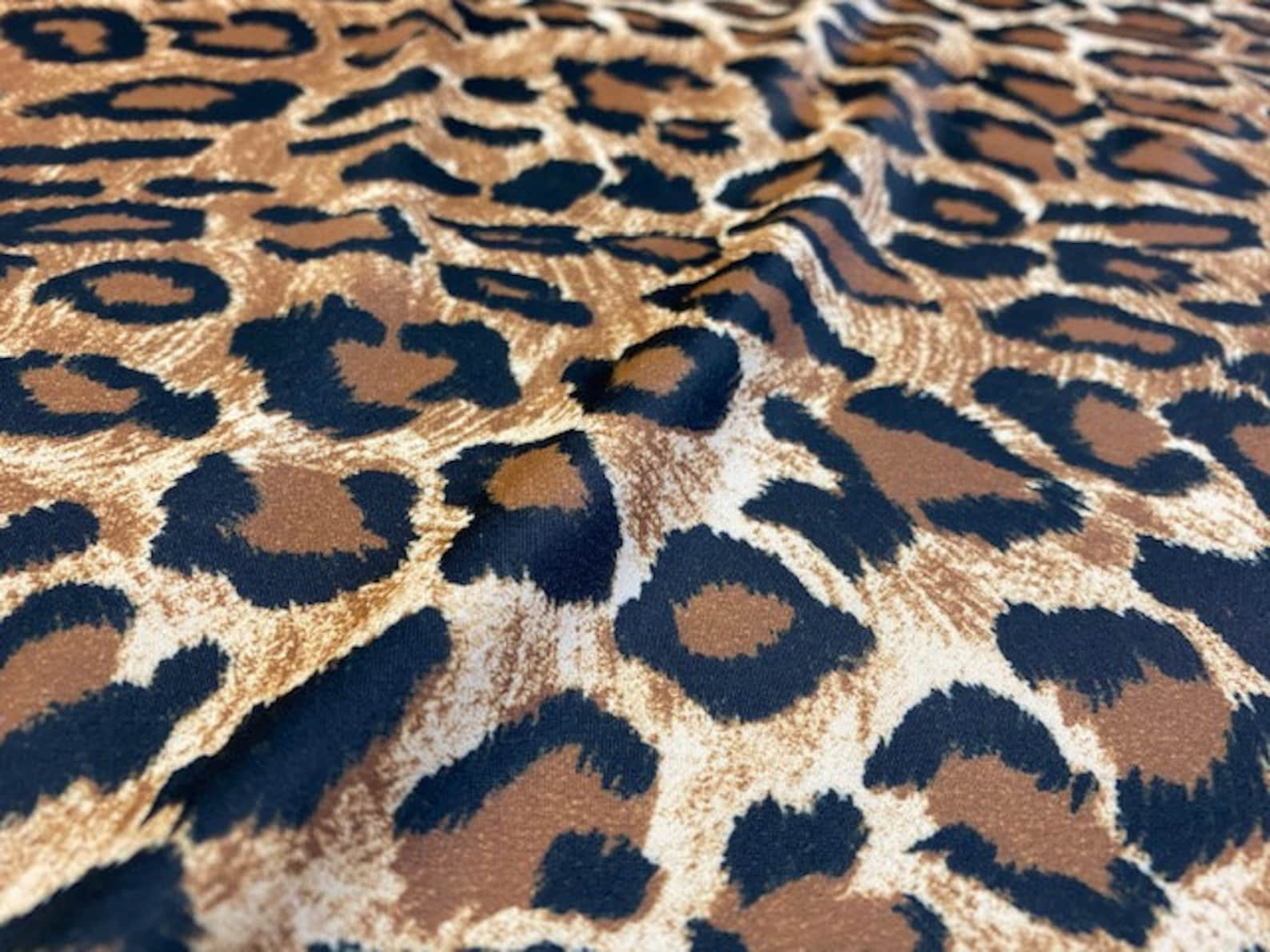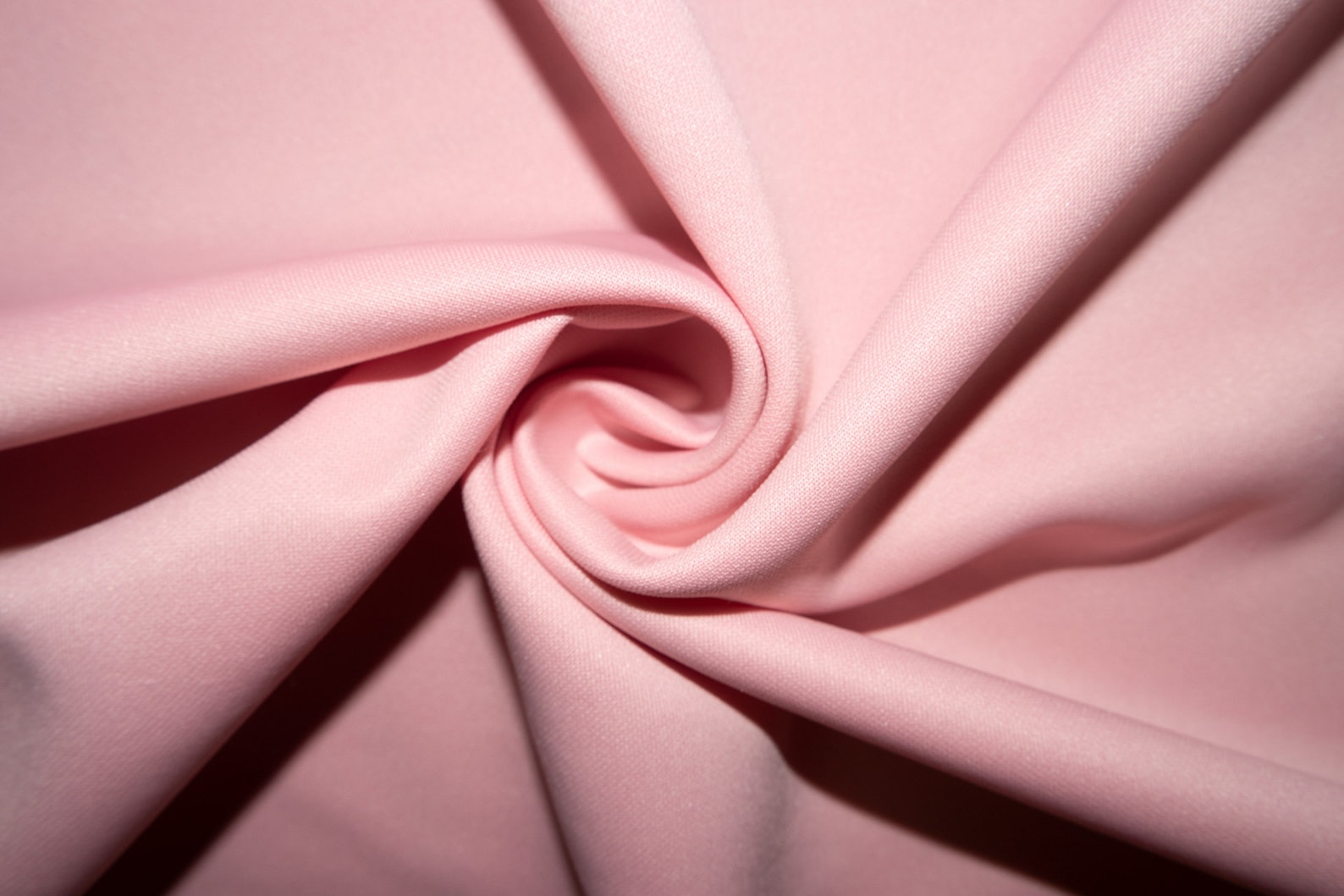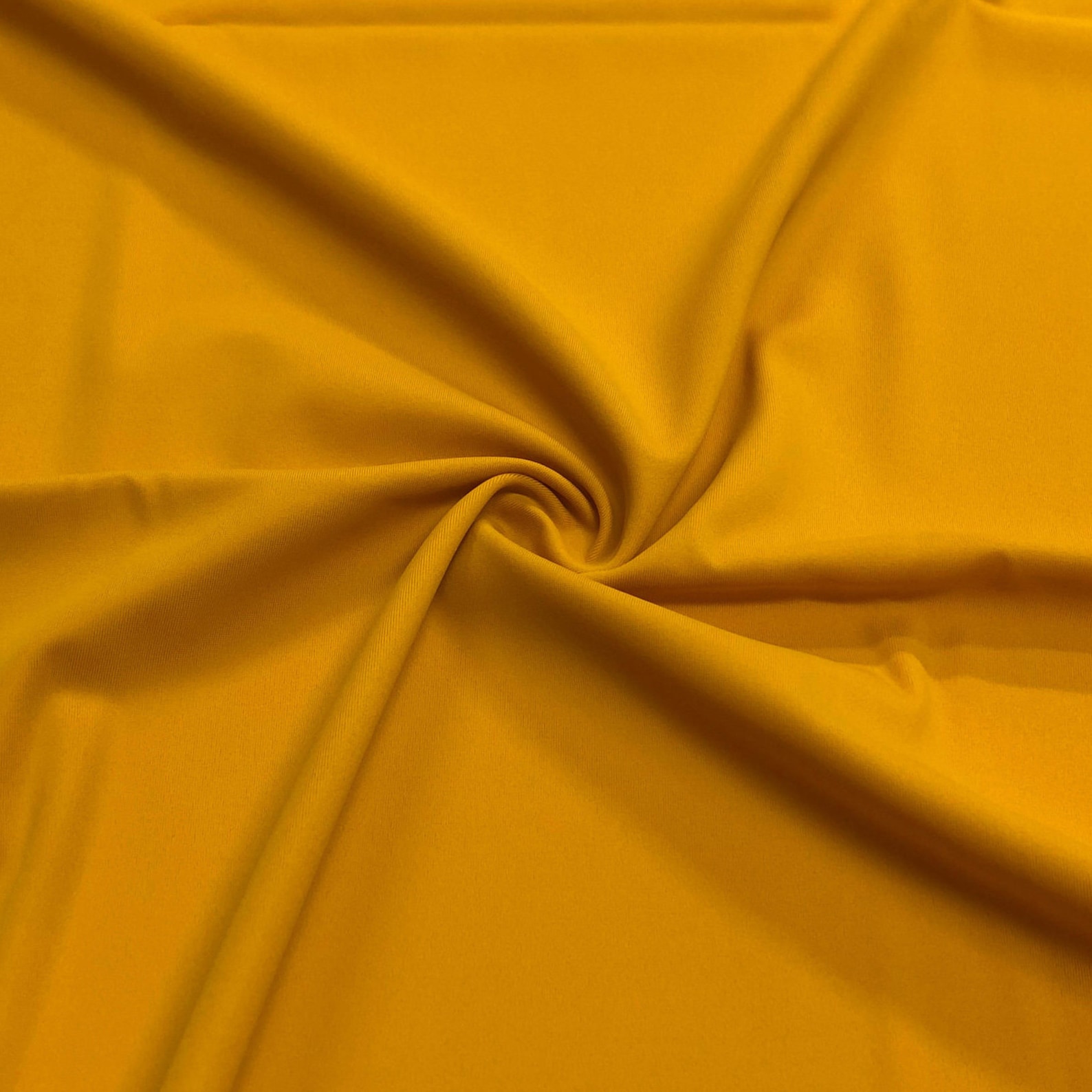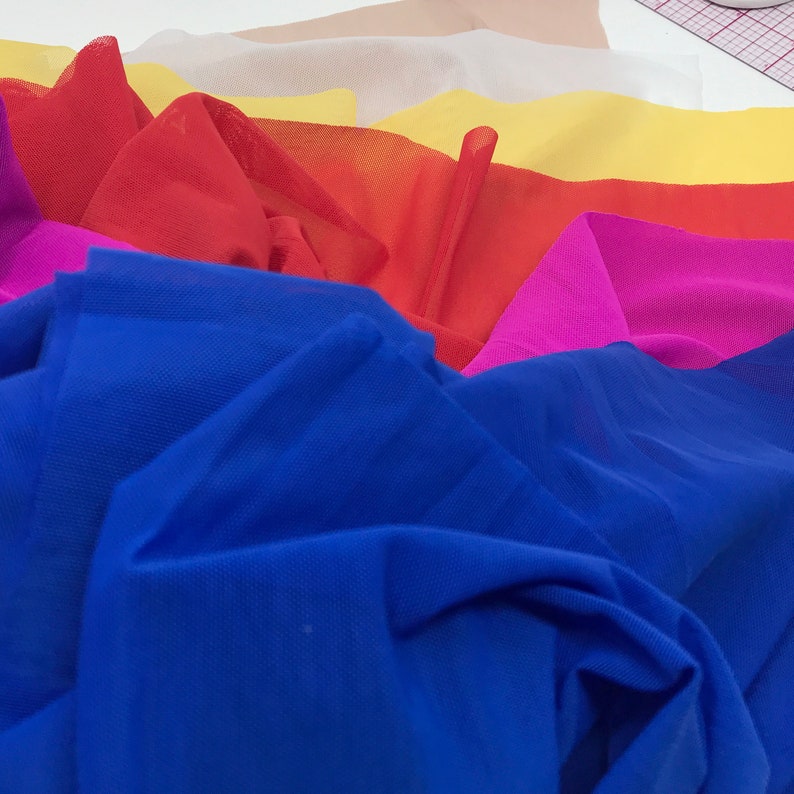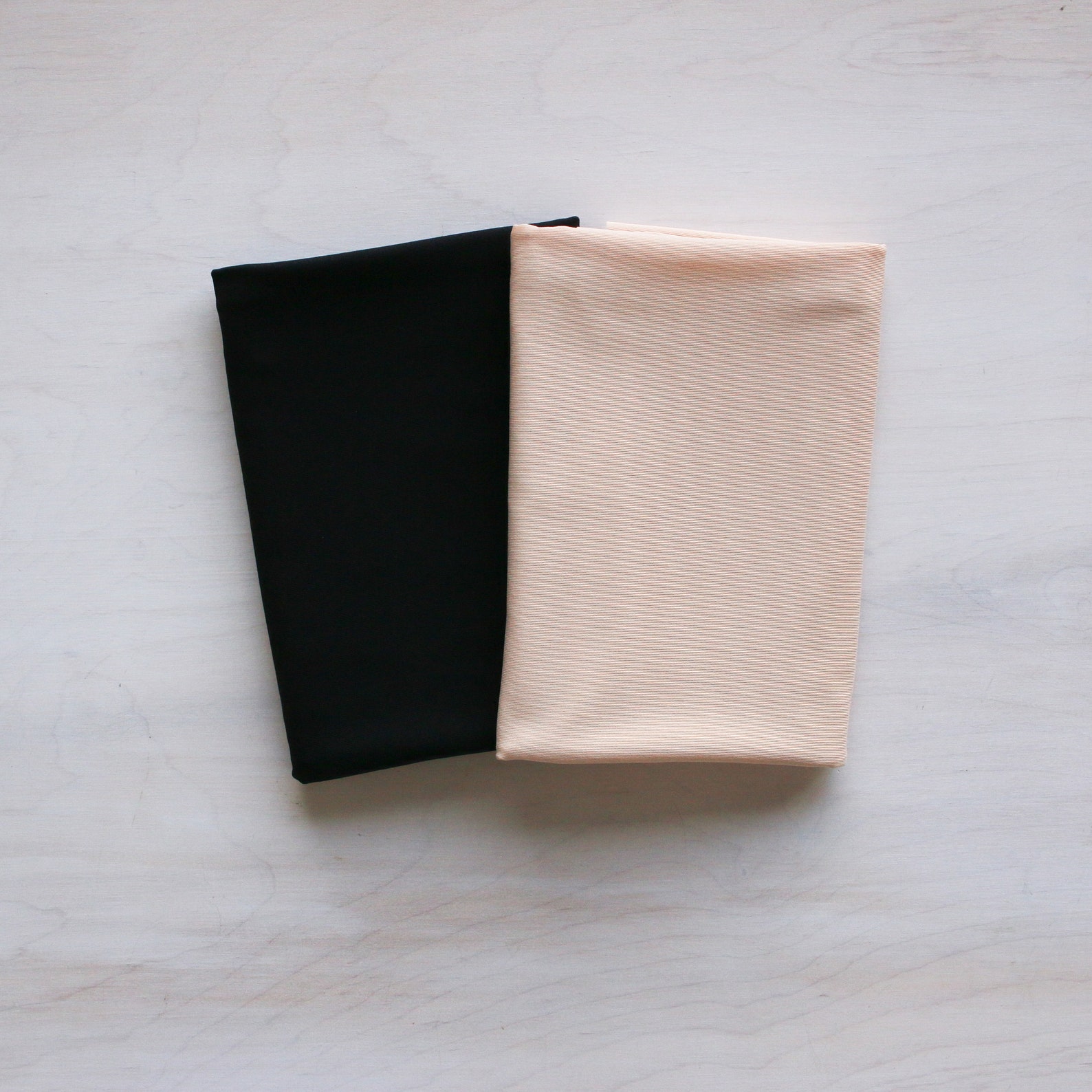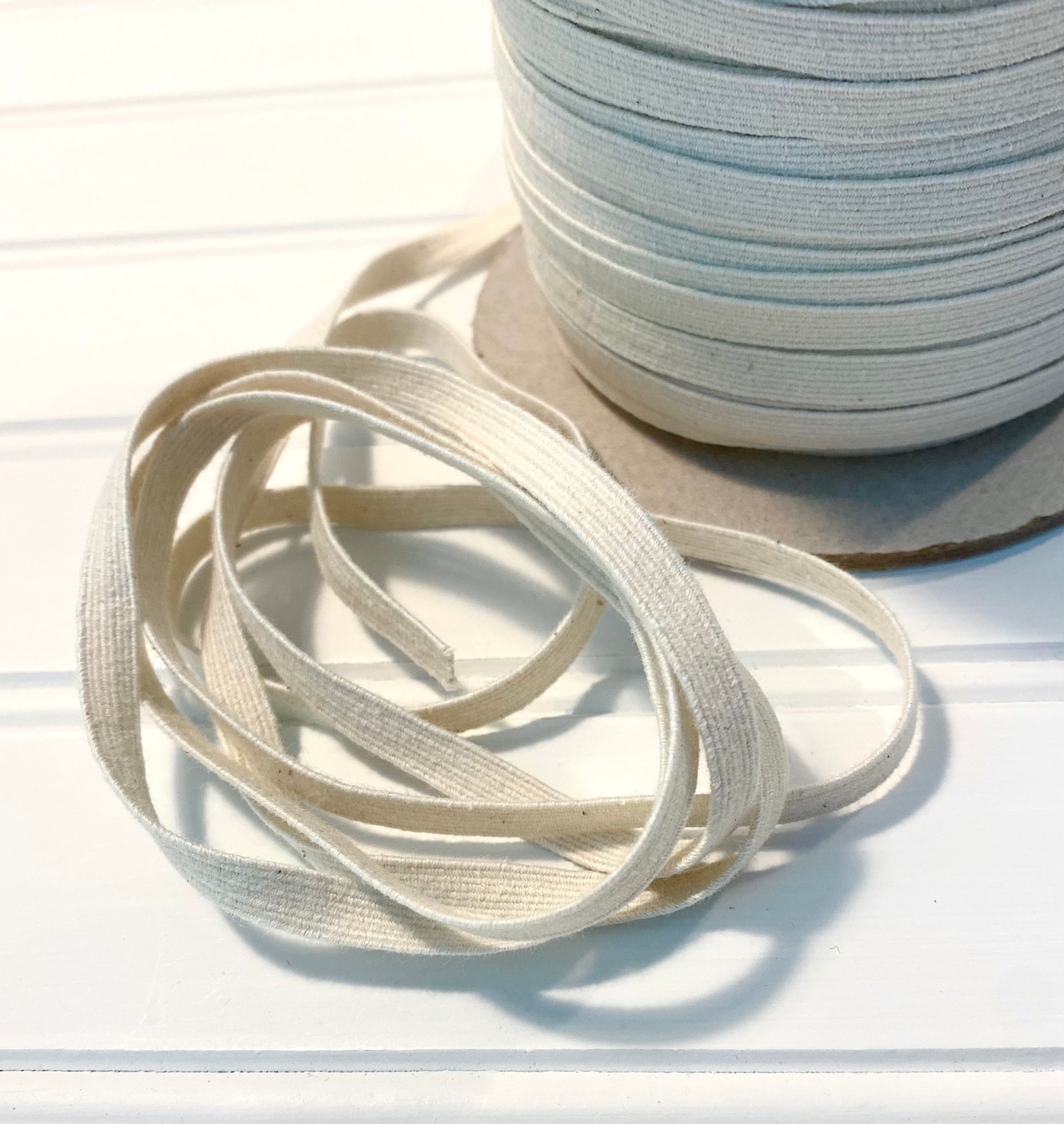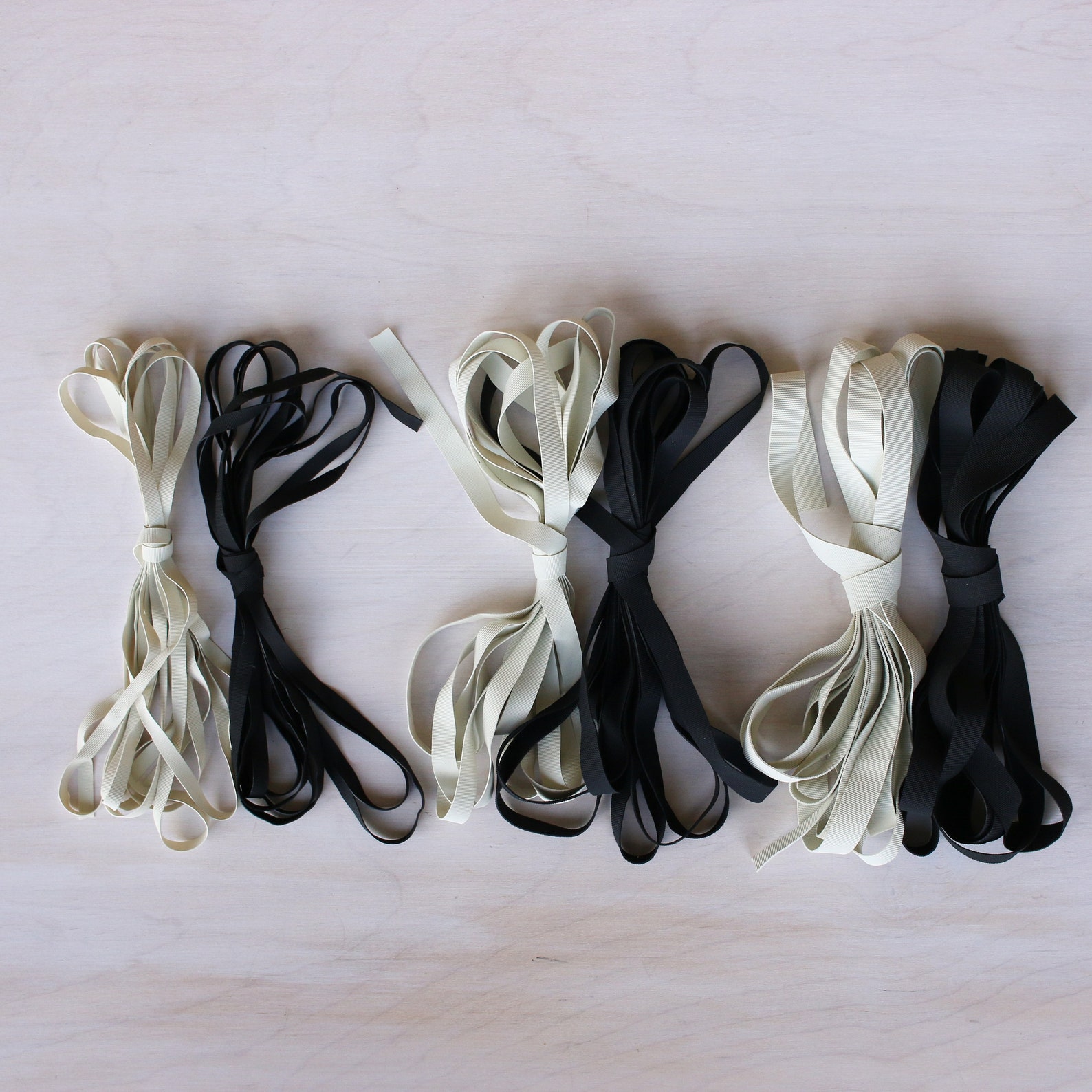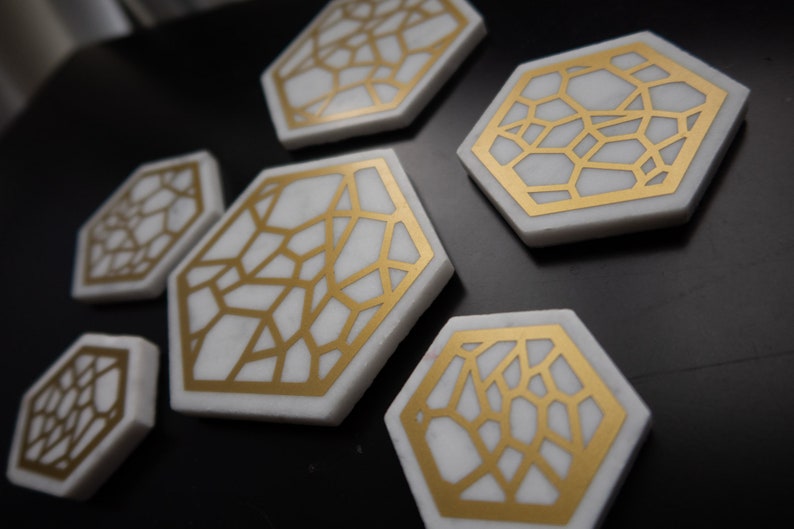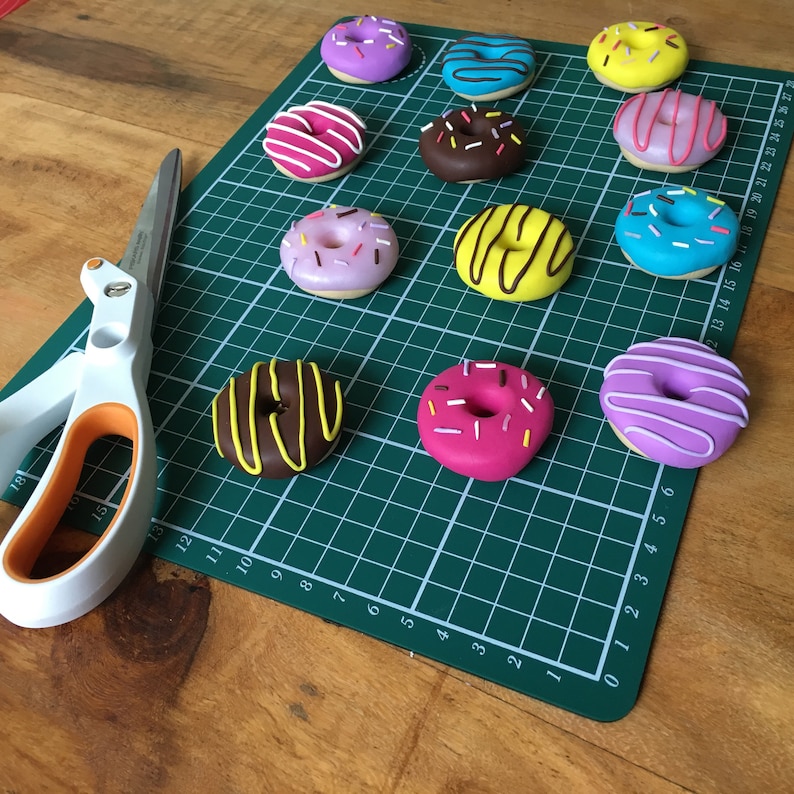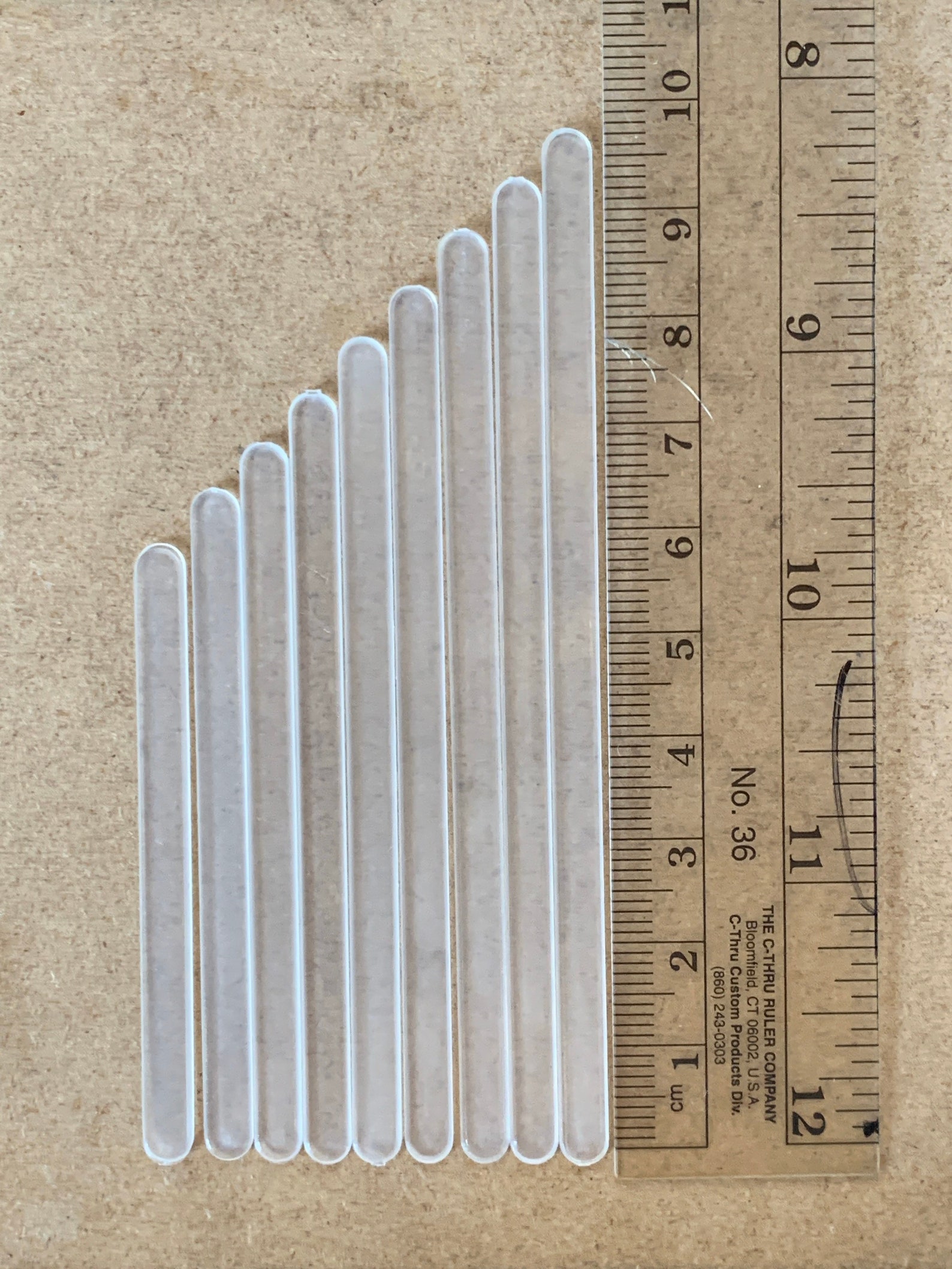Woohoo it’s time to hit the beach or the pool! But wait… what about your swimsuit? If you are tired of shopping for RTW swimwear and are ready to dive into sewing your own swimwear then this Swimwear Sewing Guide is for you. This article compliments my list of Top 25 Free Swimwear Sewing Patterns and DIY Tutorials. If you haven’t picked out a swimsuit sewing pattern head over there for some inspiration but don’t forget to bookmark this article for tips on how to sew your new swimwear.
This post contains affiliate links. When you click and make a purchase from these links, we might get a commission. It doesn’t cost you anything extra!
How to Sew Swimwear? Everything you need to know about sewing the perfect swimsuit the first time.
There are a few components to sewing your own swimsuit that you need to take into account to get just the right fit. In this article we are going to discuss the best fabrics and notions for swimwear including elastic, thread and stays. We are also going to cover tools needed as well as the proper setting for your sewing machine(s). Finally, I will show you some construction basics to get you on your way.
So now that we have laid out what you need know to have a successful sewn swimsuit it’s time to get excited! You’re about to sew up your new swimsuit and feel fabulous about it! Just in case, as we go through everything I will offer recommendations on fabrics, notions and tools in case you are missing any supplies. Let’s get started!
Fabric
Swimwear fabric can be very tedious. It boils down to a few features like stretch quality, recovery, transparency and fiber content. Typically you will be looking for a spandex fabric or a related branded fabric such as Lycra or Supplex blended with a polyester fabric or nylon fabric. This fabric should be a blend of spandex, Lycra or elastane of about 10%-20% with the remainder being nylon or polyester. Your fabric should also have 2-way or 4-way stretch and excellent recovery after it is stretched. Let’s take a look at some common swimwear fabrics below:
Nylon Blends
One of the most common swimwear fabrics is a nylon blend. Nylon is a synthetic fabric. Nylon blends are a blend of nylon fibers and spandex fibers (such as lycra) blended together to create this durable stretch fabric. This is a popular choice for swimwear because it has a soft hand and shiny finish. You will typically find nylon blends at 80%-90% nylon with 10%-20% elastane, Lycra or Spandex. The downside to nylon blends is that they are not the best quality when it comes to chlorine resistance and UV resistance. Due to these factors it makes more sense to use this type of fabric for leisure swimming.
Polyester Blends
Polyester Blends are some of the strongest and most durable swimwear fabrics available. Just like nylon, polyester is a synthetic fabric. Polyester blends are a blend of polyester fibers and spandex fibers (such as lycra) blended together to create a polyester blend. The blend usually consists of 80%-90% polyester to 10%-20% elastane, Lycra or Spandex. Polyester blends are a very popular choice for swimwear fabric because it is extremely durable. Besides durability polyester blends are UV resistant and chlorine resistant which make it great for regular swimming or water sports. One thing to note about polyester blends is that they come in a variety of compositions therefore the quality of the blend can vary depending on the manufacturer. It’s a great idea to shop for polyester blends in person but if you cannot find what you are looking for many online fabric retailers offer fabric swatches. If you are unsure of the fabric but you really like the color or print order a fabric swatch to make sure it is exactly what you need.
Tricot
Tricot is a run-resistant knit that is thin and smooth in texture yet durable enough for lingerie, swimwear or sportswear. Tricot is a type of knit fabric as in the construction of fibers not the fiber content. You can find tricot knits in nylon blends and polyester blends. Tricot can be made of 100% polyester like the duoplex variety or nylon.n You will see a lot of fabrics labeled as Tricot on your fabric search but if you want to know the exact fiber composition you will have to read up on the details of the fabric you are interested in to make sure it is appropriate for your specific swimwear project.
Neoprene/Scuba Knit
Neoprene also know as scuba kinit is a common fabric used for wet suits for water sport actives such as scuba diving and surfing. Neoprene is a dense fabric made out of rubber but it is lightweight enough to comfortably wear underwater. Neoprene won’t weigh you down but it will still aide in keeping you warm and insulated in cold waters. Neoprene has a good amount of stretch with flattering drape. It is thicker than other synthetic fabrics so consider this when sewing your swimsuit.
UV Fabrics
If you are looking for an added layer of protection from the sun and harmful UV rays there are a variety of fabrics that offer UV protection. You can find polyester blends, nylon blends and tricots with this capability. Many UV fabrics are manufactured for swimwear and water sports so you should be able to find a great fabric to fit your swimsuit needs!
Lycra and Spandex
These two fabrics are one and the same. The difference is in the name, Lycra is the name brand for spandex fabric for the DuPont Company. Spandex is a generic synthetic fiber that gives a garment stretch properties when blended with other fibers. Spandex is a term used in the US for this type of synthetic fabric but in other parts of the world you will see the term elastane used which is the same fabric.
Lining Fabrics
Power Mesh
Power mesh is a firm fabric ideal for compression garments such as active wear, dance wear, swimwear, medical products, and bra making and lingerie as it conforms to the natural contours of your body. Power mesh is a sheer fabric that is also great for lining compression garments. It is smooth to the touch and comes in different weights. Power mesh can be very lightweight, lightweight, medium weight or heavy. It is often measured by grams per square meter.
Power mesh is common in swimwear. It is often used to line swimsuits but can be used as a decorative element as well. It can even be used as a swimsuit cover-up for it’s sheer characteristics and breathability making it comfortable in warmer climates.
Nylon
Nylon is a strong synthetic fabric that stretches and maintains great recovery properties. It is a lightweight silky fabric and when used as a swimsuit lining should be the 4 way stretch variety.
Tricot
Tricot is a run-resistant knit that is thin and smooth in texture yet durable enough for lingerie, swimwear or sportswear. Tricot can be made of 100% polyester like the duoplex variety or nylon. Note that duoplex is a type of tricot fabric.
Note: You can also use the same fabric as your main swimsuit fabric as long as it is lightweight enough. Stay away from heavy fabrics for the lining as it will just weigh you down when it gets wet and it will take longer to dry which can lead to rashes and discomfort.
Notions
Elastic
When it comes to swimwear the type of elastic you use matters. You cannot use the same elastic that you use for underwear or activewear. You must use elastic specifically designed for swimwear. The reason for this is that swimwear elastic is exposed to different elements that regular elastic is not. These different elements include chlorine, salted water, excessive sun and excessive water. If you use regular polyester elastic you will find that your elastic will quickly distort, dry out and fall apart because it cannot withstand those elements especially chlorine which is incredibly harsh on elastic. Therefore, when you are searching for your swimwear elastic you have two options. Cotton Swimwear Elastic and Rubber Swimwear Elastic.
Cotton Swimwear Elastic
This type of swimwear elastic is easy to find, comes in a variety of widths to fit your needs and is inexpensive. It is primarily cotton but is blended with rubber to give it a stretch quality. Sewing with this type of swimwear elastic should be relatively easy especially if you have experience sewing with regular polyester elastic. Check out my recommendations below:
Rubber Swimwear Elastic
Another type of swimwear elastic is Rubber Swimwear Elastic. This elastic comes in 1/4”, 3/8”, 3/4”, and 1” width, it is smooth, lightweight and thinner than your standard cotton swimwear elastic. Rubber swimwear elastic is a little more tedious to work with as it can be slippery but it is super helpful for areas of your swimsuit that may have bulk due to it being a thinner, smooth material than cotton swimwear elastic. Here are a couple recommendations to give you an idea of what this elastic looks like:
Thread
When it comes to sewing swimwear the type of thread you use is just as important as the fabric. Therefore, it needs to withstand the same elements as your fabric such as chlorine, excessive sun, excessive water, salt and sand. The best thread to use for sewing swimwear is polyester thread such as an all-purpose polyester thread or a wooly nylon thread if you are sewing with a serger machine. Never ever use cotton – your swimsuit will not last.
Tools
Needles
There are all sorts of needles available but when it comes to sewing fabric as stretchy as swimwear fabric you should invest in a ball-point needle or stretch needle. This is a finer tip needle that doesn’t break the fibers. Rather the needle point separates the fibers which is important for maintaining strength when sewing a stretch fabric. Your results will be much more precise which lead to longer lasting seams than you would get with a universal needle. Check out the list below for more machine needle options.
Pins
Pins come in a variety of lengths and sizes. You can likely get away with using what you have but keep in mind that your stretchy swimsuit fabric is slippery and the wrong needle can damage it or even worse your fabric slips at the seams. That is why an ultra-fin pin or silk pin it recommended. You can even use clips to avoid the holes all together!
Pattern Weights
Pattern weights are a handy tool for when you are cutting out the pattern from your fabric. You don’t need to buy weights that are specific to a pattern. You can use anything with weight around the house like a coaster, jar, or can for instance. Using pattern weights works great when you are cutting your fabric out with a rotary cutter and mat. Personally, I like to use a combination of pins and weights to maximize control over cutting the fabric while maintaining precision. Here are a couple examples of fun pattern weights:
Rotary Cutter and Mat
One of the best things that ever happened to my lingerie sewing toolkit was adding a rotary cutter. Those tedious twists and turns were conquered at last! The same thing applies for sewing swimwear and anything with slippery stretch fabric. As a home sewist, I’m sure you already have a great pair of fabric shears (if you don’t please do yourself a favor and invest in pair right now!) but swimwear is a little more high maintenance when it comes to cutting tools. Here is a list of what you need to cut out and clean up your pieces flawlessly.
- Rotary cutter and blades (Sizes: 28mm)
- Cutting mat
Scissors
Having scissors that are specifically for cutting fabric are a must for any sewist. If you use these scissors for cutting paper you will dull the blade. A dull blade does not cut fabric well and will cause many issues for your sewing projects. While fabric shears are a must when it comes to swimwear fabric you are better off with a rotary cutter and mat. However, if you want to equip your toolbox with both here is what I use and love:
Construction How Tos
Cutting Out Your Pattern
- Since your swimwear fabric is very slippery it can be tricky to cut precisely. Here are a few suggested techniques that can help.
- Before you beginning cutting it is important to accurately transfer your pattern markings onto your swimwear fabric.
- You should use a fine pin such as silks pins or ultra-fine glass head pins to pin your paper pattern to your swimsuit fabric. This type of pin will prevent holes from being left behind in your fabric.
- Use a self healing mat and rotary cutter to cut out your swimsuit fabric. This will be the most precise cut as it allows the fabric to stay in place. Using a fabric scissor is likely to distort the fabric as power mesh can be slippery.
- Never cut two layers of swimsuit fabric at once as the fabric will slip and distort your pattern. If your pattern instructs you to cut on the fold be sure to trace out the full pattern so that you do not have to cut on the fold. You want to avoid the fabric slipping which can easily happen if you are cutting on the fold.
- Finally, make sure you follow the grain line. Also be mindful of the fabric’s decorative pattern and where it will fall on your body after it is cut.
Stitches
What stitches should you use when sewing swimwear? Well the best options are a zigzag stitch or stretch stitch on your regular sewing machine or the overlock stitch on your overlock sewing machine. Let’s learn a little bit more about zigzag stitches.
A zigzag stitch is exactly as it sounds, a stitch that looks like a zigzag. It is a strong stitch that locks in the raw edge of the fabric tightly but still allows stretch because of the zigzag motion of the thread. There are variations on the zigzag stitch depending on what you are sewing. There is a narrow zigzag stitch, 3-step zigzag stitch, and wide zigzag stitch to name a few.
There are a variety of ways you can use a zigzag stitch and while it is commonly used for stretch fabrics it is also used on wovens. The purpose of the zigzag stitch is to move with the stretch of a fabric offering extra strength to the seam while simultaneously preventing the threads from breaking. A zigzag stitch is commonly used to sew knit fabrics for any variety of garment styles including swimwear.
When sewing a zigzag stitch you need to switch out your presser foot to a Zigzag Presser Foot. It is also important to adjust the Needle Thread Tension for a Zigzag Stitch. Correct needle thread tension for the zigzag stitch is the bobbin thread not showing the right side of the fabric but the needle thread shows very slightly on the wrong side of the fabric. Most importantly choose the correct zigzag stitch setting/stitch pattern. There is the standard setting which will apply to all your zigzag stitches except the 3-step zigzag stitch which has its own setting/stitch pattern setting.
Proper Machine Settings for Zigzag Stitches
Standard zigzag stitch
- Uses/Purpose: A standard zigzag stitch is used to sew knit fabrics, sew elastic onto knit fabric, finishing raw edges, and attaching appliques
- Machine Settings: Stitch Length 2 and Stitch Width 2 to 3
- Needle Thread Tension: 2 to 5
Narrow zigzag stitch
- Uses/Purpose: A narrow stitch reinforces points of strain. A narrow zigzag stitch is often referred to as a bar tack. It is commonly used on lingerie straps, pocket edges and corners. It is also great for repairing holes in woven garments such as jeans.
- Machine Settings: Stitch Length .05 to 1.5 and Stitch Width 0.5 to 2.5
- Needle Thread Tension: 1 to 4
Wide zigzag stitch
- Uses/Purpose: A wide zigzag stitch is used for sewing knit fabrics, sewing elastic onto knit fabric, finishing raw edges, and appliques
- Machine Settings: Stitch Length 2.5 to 4 and Stitch Width 3.5 to 5
- Needle Thread Tension: 2 to 5
3-Step zigzag stitch
- Note: Choose the stitch pattern selector for a 3-step zigzag stitch
- Uses/Purpose: The 3-step zig-zag stitch is stronger than the standard zig-zag stitch which is preferable for lingerie and swimwear since it allows the fabric to stretch while being worn.
- Machine Settings: Stitch Length 1 to 4 and Stitch Width 5 (these can be adjusted depending on how narrow you would like the stitch)
- Needle Thread Tension: 1 to 4
Another great stitch you can use on your home sewing machine is a stretch stitch. This stitch looks like a straight line but it’s actually not. If you look closely at this stitch you will see that it has a very subtle and narrow zigzag. The reason why it looks straight is that the needle goes back up and overlaps the last stitch. So instead of zigzagging horizontally, it zigzags vertically almost like a very tight lightening bolt. The stretch stitch is a very strong stitch and works just as well as the zigzag stitch. Not all home sewing machines will have this option however. If your sewing machine does have this setting make sure to follow your sewing machine manual’s suggestions for stitch length, stitch width and needle thread tension.
Tips for Sewing Stretch Fabric Right the First Time
When sewing with stretchy fabrics there are a few things to be aware of to sew a knit garment successfully. First, never stretch the fabric while sewing or the stitch will hold that stretch in place causing the fabric to warp. To avoid this, adjust the pressure on the presser foot to be loose enough to allow the feed dogs to move the fabric gently on their own with minimal guidance from you. Another tip is to sew in the direction of least stretch if possible. Also, be sure to adjust your thread tension to a low setting and lower your length and width stitch to achieve a narrow zigzag stitch. You can also use an overlock machine instead.
Stretch Spandex/Lycra/Elastane (Polyester or Nylon Blends)
This is a lightweight knit with spandex fibers that has a firm stretch. It conforms to your body’s contours while allowing you to comfortably move and breathe making it a great choice for swimwear.
Machine settings for stretch spandex fabric:
- Stitch: Stretch stitch, zig zag stitch, 3 step zig zag stitch
- Length: Low
- Width: Low
- Thread Tension: 1 or 2
- Needle: Ballpoint or stretch
- Presser foot: All-purpose or straight
Power Mesh
Power mesh is a strong supportive fabric that can have varying degrees of stretch with great recovery. This fabric is typically used for lining swimsuits but can also be used for decorative elements on your swimwear.
Machine settings for power mesh fabric:
- Stitch: Stretch stitch, zig zag stitch, 3 step zig zag stitch
- Length: Low
- Width: Low
- Thread Tension: 1 or 2
- Needle: Ballpoint or stretch
- Presser foot: All-purpose or straight
How to insert elastic
Many swimsuit patterns call for elastic around the leg openings or to support a shelf bra. Inserting elastic is similar to other lingerie projects. Just like elastic sewn to underwear you must cut the elastic shorter than the actually opening. Your swimsuit sewing pattern should have instructions on how much to cut. You also need to join the raw edges if you are sewing on the round. Here are some quick instructions on how to achieve a clean finish on your elastic edge.
Step 1: Divide the elastic four equal ways and mark each with a pin. Divide the opening of the garment in four equal parts as well using pins.
Step 2: Match up the elastic and pins to the wrong side of the raw edge of the swimsuit then pin together. Use a zigzag stitch or overlock stitch while making sure to stretch the elastic to match the length of the fabric as you sew.
Step 3: Turn your elastic to the wrong side and topstitch. You can use a standard zigzag stitch or a 3-step zigzag stitch to achieve a clean result.
Need Extra Support For Your Swimsuit?
Adding cups
You can add bust cups that are specifically for swimwear. Just like your swimwear fabric and elastic you need them to withstand chlorine, salted water, excessive sun and excessive water.
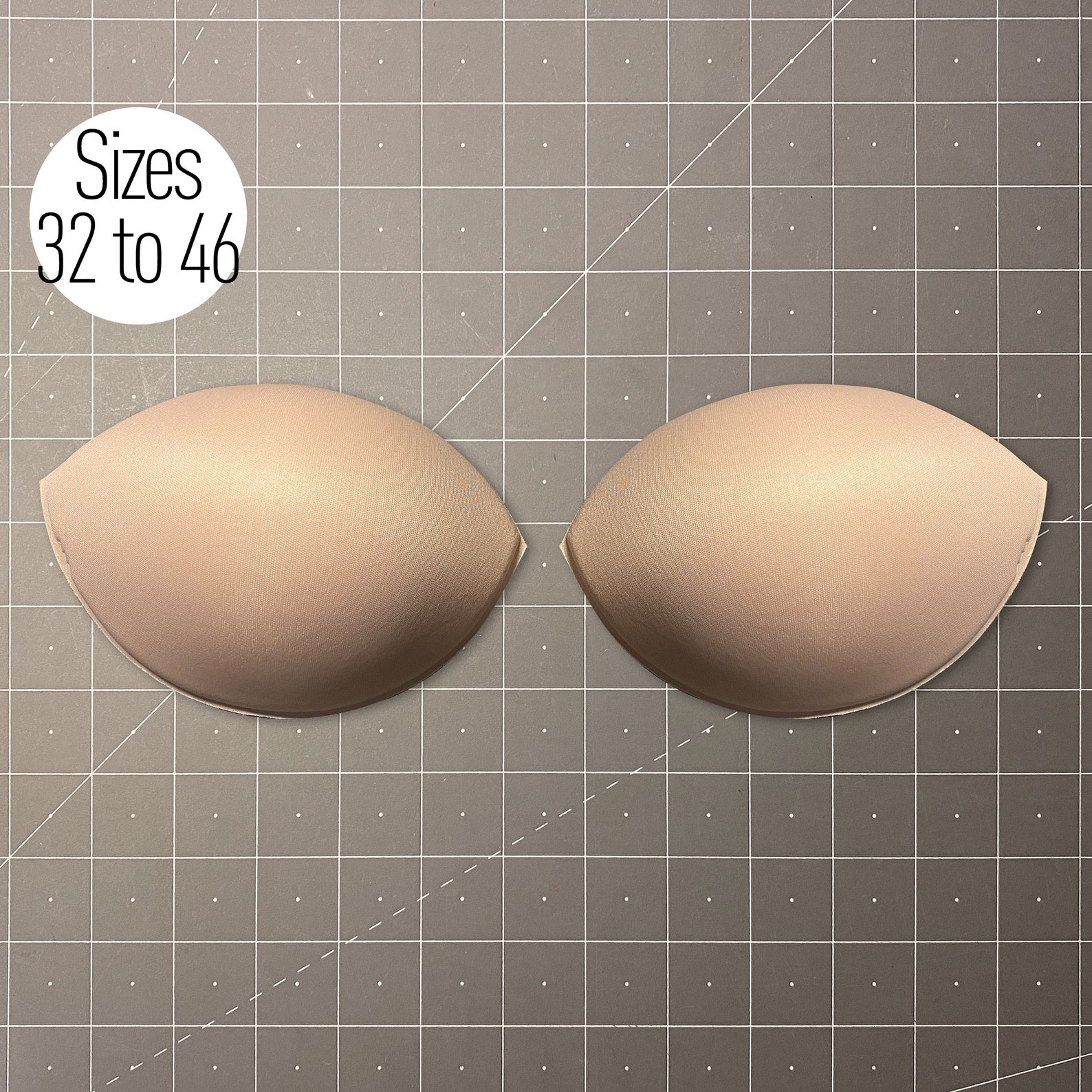
Adding underwire
You can add underwire to swimsuit sewing patterns with a bust band but some swimsuit patterns already offer the option to add underwire. Underwire is great for additional support and shaping. Be sure to use a plastic or plastic coated underwire as metal will rust.

Adding stays
Finally, you can add stays to certain seams of your swimsuit in order to create more structure and support. Be sure to use plastic stays as metal will rust.
Love Free Sewing Patterns?
Check out my Top 25 Free Swimsuit Sewing Patterns!
Conclusion
Well I hope you are now equipped with all the knowledge you need to sew a swimsuit successfully! Hopefully you will be able to use this guide to help you navigate sewing your swimsuit for any step in the process. Most of all have fun and enjoy your new swimsuit!
Love this guide? Pin it for later!
